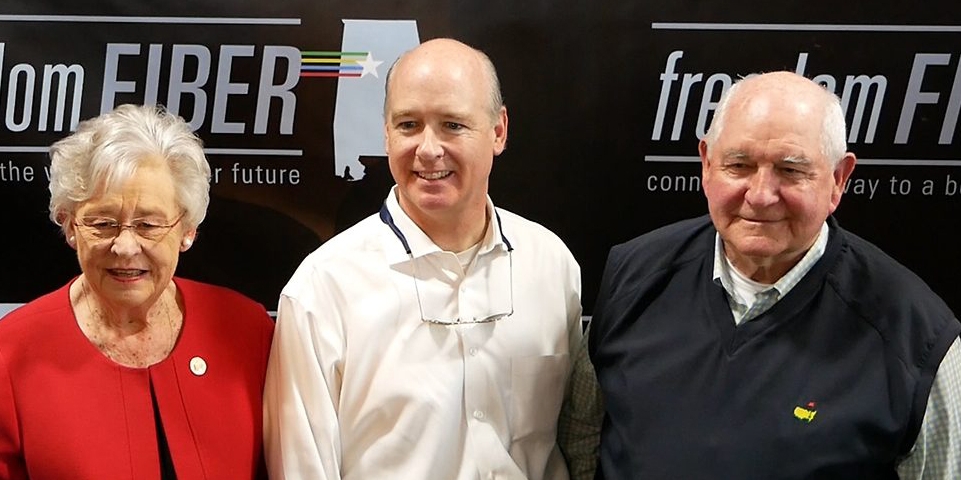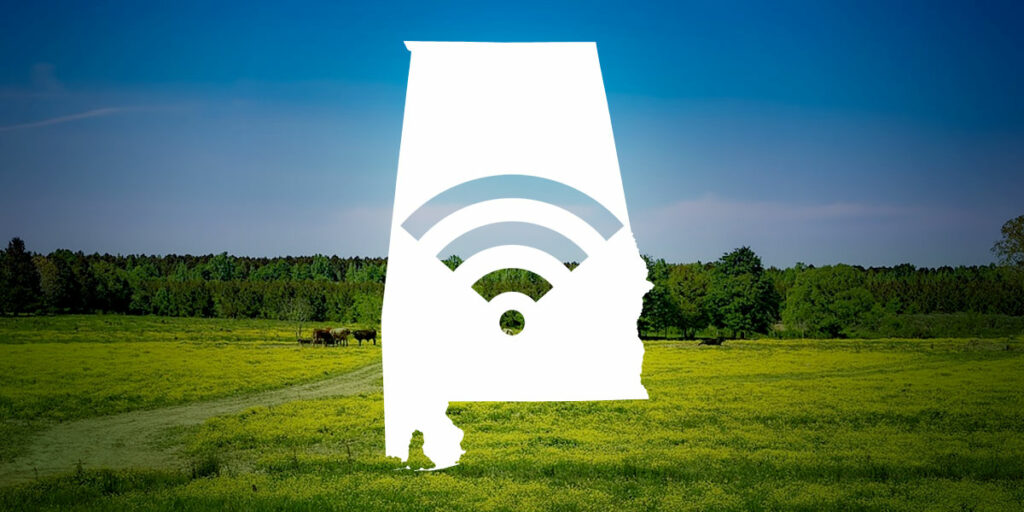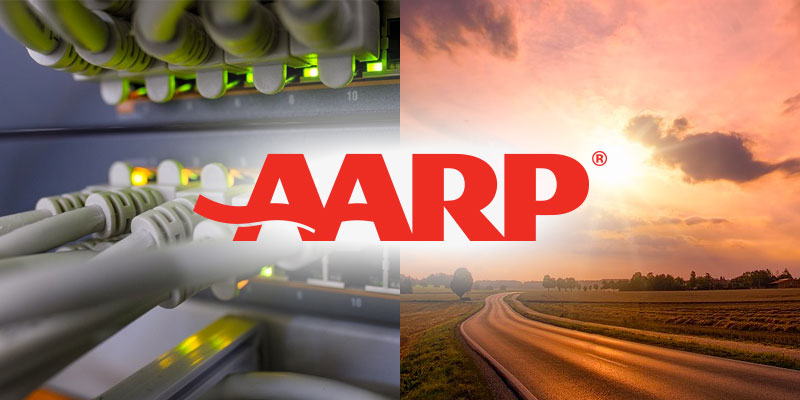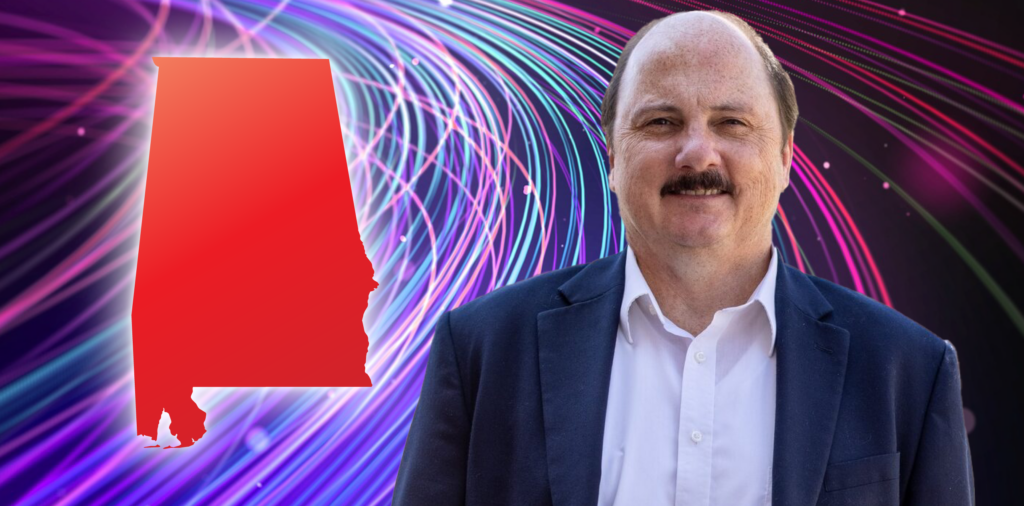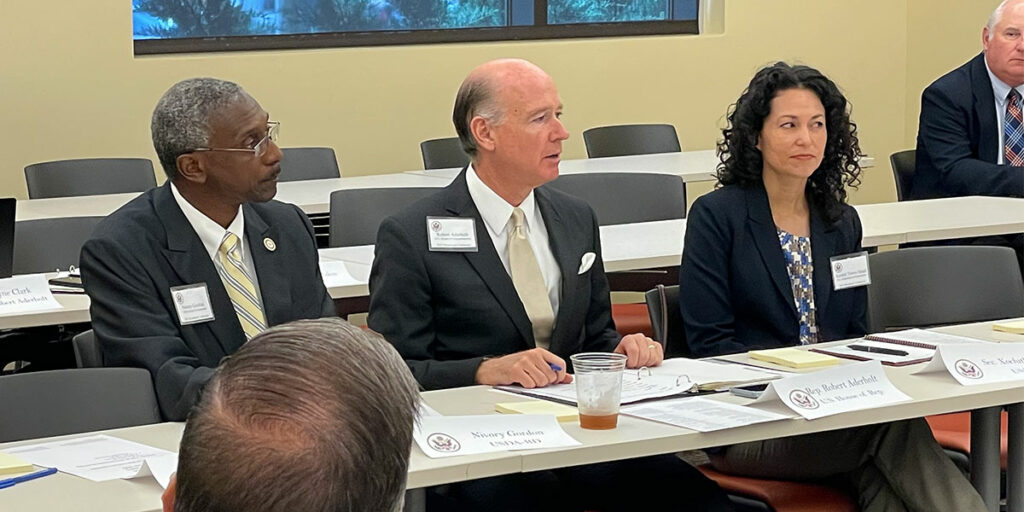On May 3, 2018, I stood in a warehouse at Tombigbee Electric Cooperative in Hamilton, Alabama, alongside Governor Kay Ivey and then–Secretary of Agriculture Sonny Perdue, to announce to Alabama and the rest of America the creation of the USDA’s ReConnect Program. That day marked the start of a new chapter in connecting rural America to the modern economy — and it began right here in Alabama.
At that time, roughly 22 percent of Alabamians did not have access to broadband internet, with most of those households located in rural and underserved areas. For too long, the digital divide separated opportunity from the people who needed it most — students trying to complete homework, small businesses looking to compete online, and families who wanted access to telehealth services.
Here we are than six years later, the progress we’ve made is nothing short of remarkable. Today, just 6 percent of Alabamians remain without broadband access, according to the latest data from the Federal Communications Commission. That means more than one million Alabama residents now have access to reliable, high-speed internet who didn’t just a few years ago.
This success didn’t happen by accident. It has taken teamwork — from federal leaders, state officials, and local providers — working together toward one goal: connecting every corner of Alabama.
When I helped author and champion the ReConnect Program in Congress, my goal was to ensure that rural areas weren’t left behind in the digital revolution. Since its creation, the ReConnect Program has awarded more than $3 billion in broadband grants across the country, helping utilities, cooperatives, and local providers bring fiber-optic broadband to places where private investment alone simply wouldn’t go. Many of those projects have been right here in Alabama, including several that have transformed the connectivity of rural communities in the Fourth Congressional District, which I am proud to represent in Congress.
Just as importantly, Alabama’s state leadership also stepped up in a big way. Under the guidance of Governor Ivey, the Alabama Department of Economic and Community Affairs (ADECA) has managed the Alabama Broadband Accessibility Fund, which has distributed millions in state grants to help expand broadband access. Through the Connect Alabama initiative, the state has mapped out unserved areas and worked hand-in-hand with local providers to ensure funds go where they’re needed most.
Together, these efforts have meant that federal dollars are being matched with state resources, stretching every tax dollar further and maximizing the impact of each investment. This kind of partnership is what effective government looks like — collaboration that delivers results for real people.
The results are already visible in communities across our state. Students who once had to sit in fast-food restaurant parking lots to access Wi-Fi can now study from home. Small businesses are reaching new customers and markets. Doctors and patients are connecting through telemedicine. Farmers are using new precision agriculture tools that rely on high-speed connections to improve efficiency and productivity.
In short, broadband has become as essential to modern life as electricity or running water, and Alabama is ensuring that every household has access to it.
Even with these gains, our work isn’t finished. Six percent of our population still lacks broadband access, and for those families and businesses, the digital divide remains very real. We cannot stop until that number reaches zero.
The next phase will be even more challenging, as the remaining areas to connect are often the most rural and hardest to reach. But through continued investment in the ReConnect Program, the Broadband Equity, Access, and Deployment (BEAD) initiative, and sustained state support, we can finish the job.
The goal is clear: every Alabamian, no matter where they live in our state, should have access to affordable, reliable high-speed internet. When that happens, it will mean more than just better connectivity — it will mean stronger communities, new jobs, and a brighter future for the entire state.
Alabama’s story can serve as a model for the rest of rural America. When federal and state leaders work together with local partners, we can overcome challenges that once seemed impossible. The progress made since 2018 proves that strategic investment, thoughtful planning, and a shared commitment to rural America can deliver real results.
Standing in that Hamilton warehouse six years ago, I said that broadband is the electricity of the 21st century. Today, we are closer than ever to ensuring that every home, school, and business in Alabama has access to that vital lifeline. The progress is real — and the best is yet to come.
Robert Aderholt (R-Haleyville) represents Alabama’s 4th Congressional District. He is a senior member of the House Appropriations Committee.




